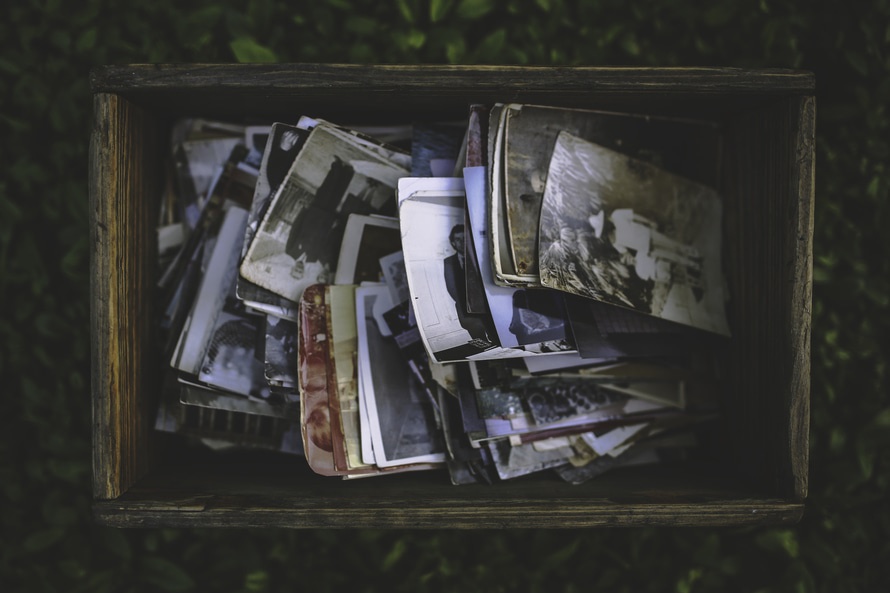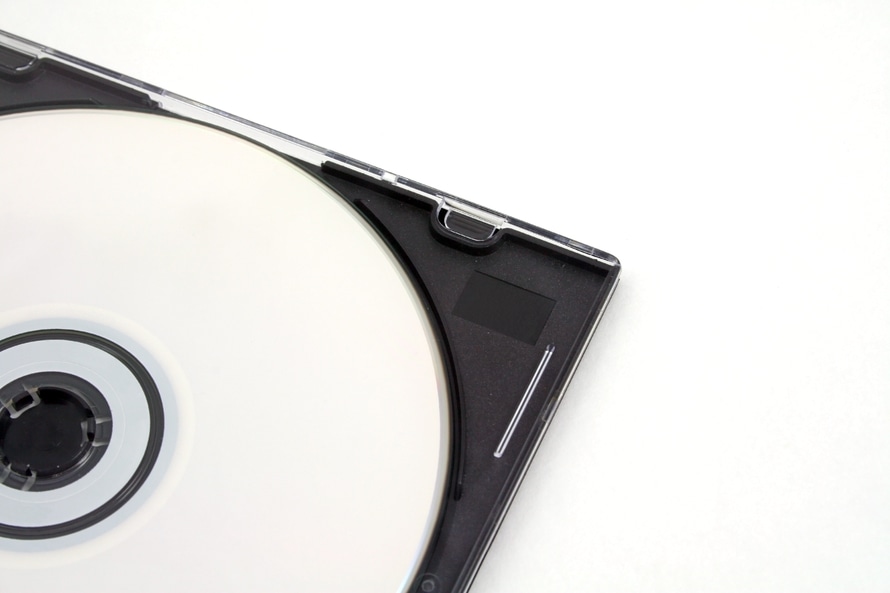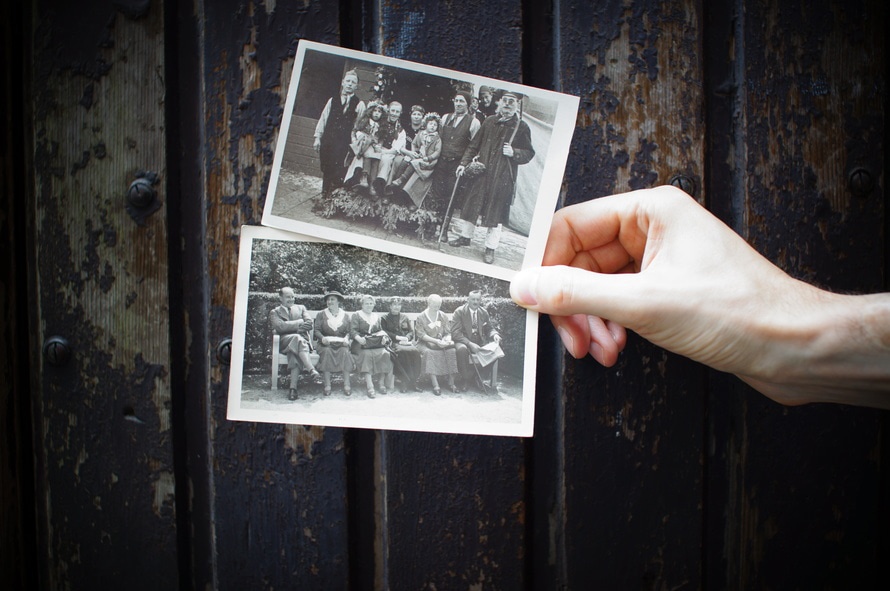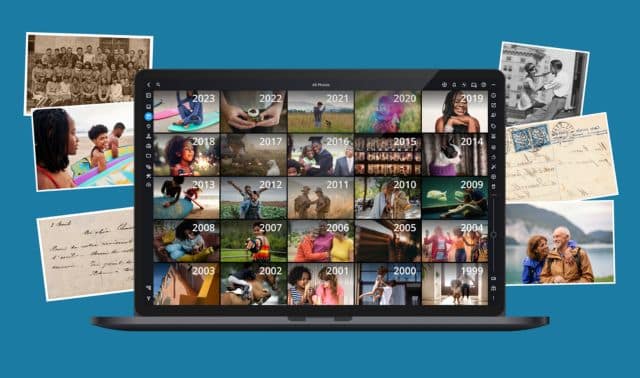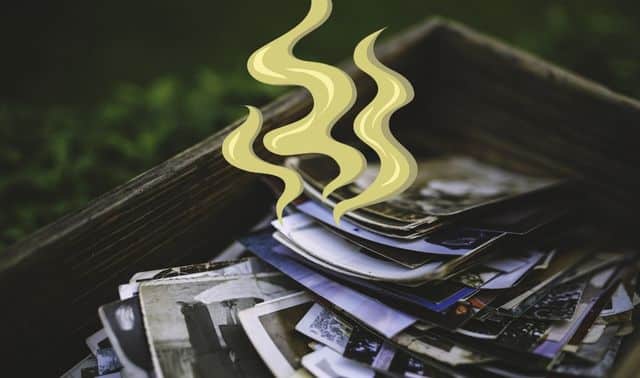Sign up for the Family Tree Newsletter Plus, you’ll receive our 10 Essential Genealogy Research Forms PDF as a special thank you!
I’m not a New Year’s resolution type of person, but this January 1, I decided to change that. Instead of trying to add another generation to my pedigree chart this year, I’ve focused on finding pictures of all my relatives to create a family photo archive. You can do the same thing by following these steps.
1. Gather your tools
Prices on laptop computers and scanners are becoming very affordable. I’ve purchased a laptop with lots of memory and a scanner with a letter-size bed that fits into a small suitcase. It’s perfect for taking along on family visits to copy photographs. You could use a digital camera and a tripod, but I’ve had better luck scanning. Ask your friends family what they use or visit a store in-person to try out technology for yourself.
2. Contact family
My aunts and uncles have passed on, so I’ve chatted with cousins about heirlooms and family stories, and I’ve dropped hints about their photos. Now it’s time to get serious. I’m going to call them and tell them about my endeavor. Hopefully, they’ll be excited about it and want to participate. A cousin said recently, “I only see you at funerals.” That’s got to change.
3. Collect images
With my laptop and scanner in tow, I plan to visit each person on my list and scan his or her photos. Any photo software will do the job. On a printout of my family tree, I’ll highlight each person contacted in one color, and annotate the tree to show who I’ve acquired pictures of. For me, an important part of this task is getting relatives to sign a release form that allows me to use their pictures in publications. To use professional photos that are still under copyright, I’ll have to obtain permission from the original photographer. For information on copyright, download
Copyright Law for Genealogy.
4. Scan your images
Save each image as a high-resolution (at least 300 dpi) file in TIF format for preservation and printing purposes. For extensive help scanning, consult
Digitize Your Family History OnDemand Webinar. Each digital file should identify the person in the photo, a date (if known), who owns the original and any other information related to the picture.
5. Share your family archive by making CDs
Options for sharing photos range from printing copies to posting them on the web. I’ll produce CDs of each cousin’s collection and later create a photo book for myself using
Shutterfly.
6. Don’t forget to print
One thing is for sure. The images won’t just stay on my computer. I love looking at photographs in hand more than on a screen. Printing family pictures is a cinch with a photo printer such as the ones from Epson or Canon. Look for one that uses preservation-quality inks and papers.
This may take a lot longer than a year, but it’s a resolution I intend to keep. I’m sure my cousins will have great stories to tell, and might even have family history artifacts and papers they’ve overlooked. These discoveries could solve some of the problems on my pedigree chart. It’s going to be a fun 12 months of looking at family pictures. <!–
4. Don’t laminate.–>


